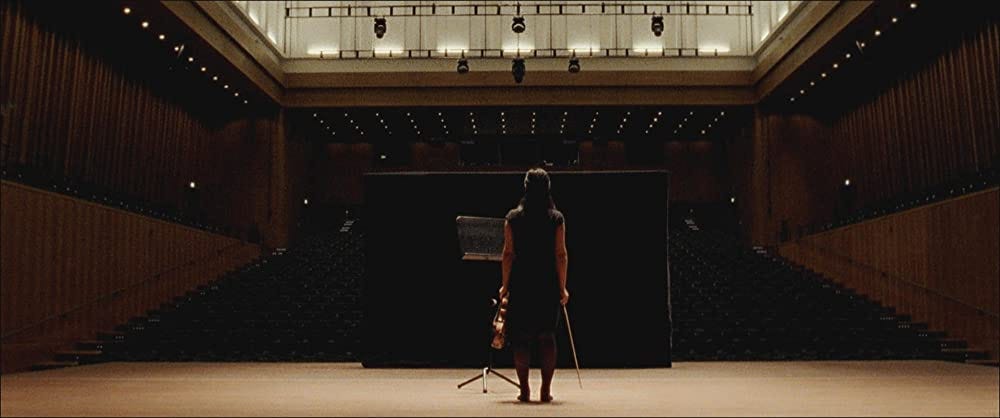Unconscious Bias – How to Manage What You Can’t See
Marilyn Tam
09/22/22 | Inspiration
3 Ways to Surround Yourself With the Right Business People
How to deal with what you are not aware of in Diversity, Equity, and Inclusion
In grad school I was one of five women in a macroeconomics course along with over 60 men. The professor wrote on my first written assignment that she was surprised at my excellent performance. I found it interesting that a woman professor would have a bias against another female but was thankful (for small favors) in that she acknowledged it. From that class on, I only used my initials on all my written work to minimize any bias I could manage. I couldn’t do much with my obviously Asian last name, another factor in judgment, but at least I was able to reduce the gender bias.

My University, like most schools, had high ideals that sometimes fell short in execution. My professor harbored unconscious biases, which she admitted and hopefully adjusted after she realized it.
When orchestra auditions for new members, the candidates perform behind a screen so that the judges cannot make determinations based on their appearances. This was only partially successful until the candidates were asked to remove their shoes before they walked on to perform. Why? Because based on the sounds the candidates’ shoes made, high heels vs. a men’s dress/softer sounding shoe, the judges had information which oftentimes influenced their assessments.

Likewise implicit bias may hinder your perspective in your work interactions and how you perceive any input or product. It is challenging to recognize a predilection if you are not aware of it! How can you address what is not conscious?
Similarly to the orchestra’s judges, we can work to refine the recruiting, rating, and communication process to minimize the unspoken inclinations we all hold. The benefits are many — you can assess everyone and everything for its true worth to attain the best results, gain valuable insights and even make new friends!
The first step to change is to acknowledge that there are existing predispositions in our initial discernments. It’s common to favor what is familiar and we are influenced by our personal background, experiences, societal stereotypes, and cultural context. Common triggers are social and cultural categories such as race, gender, sexual orientation, national origin, shared experiences like same schools, hometowns, etc. Recognizing that we have such tendencies helps to open our minds to more possibilities and outcomes.
A person’s name alone can dramatically influence how they are judged. According to the National Bureau of Economic research, candidates with white sounding names instead of African American sounding names with the same qualifications, are called for a job interview 50% more of the time. Knowing that we all hold various unconscious tendencies will help us adjust and correct for them and other partialities.
Second, review and note what internal biases are most likely to affect you. Consider the idea, source/person, or work project with a more open mind so that you are less influenced by your built-in inclinations. Knowing that you favor certain characteristics or hold negative stereotypes about particular attributes will lessen the inherent biases we all carry. We may not completely eliminate them but being aware allows us to make better determinations based on actual value.
Third, seek and build a diverse team and leadership so that a multiple of perspectives are included when responses, strategies and decisions are developed and made. Whether you are at work or in your personal life, having people with different perspectives and experiences around helps you gain a broader understanding of the possibilities and enable better outcomes.
Fourth, establish data points and other objective milestones so that decisions and further judgments are made based on practical criteria along with less intangible factors. Without clear measurements, you may continue to be colored by what you wish to see instead of what is actually happening. Are you choosing to see what you wish to see or are there concrete reasons for your judgments?
I wonder if my experience with the macro-economics professor made any difference in her subsequent assessment of female students in a male dominated field. My hope is that she did, that is if our interactions prompted her to review her unconscious biases. What about you? Knowledge is the first step to positive change, may you continue to grow, flourish, and thrive!

